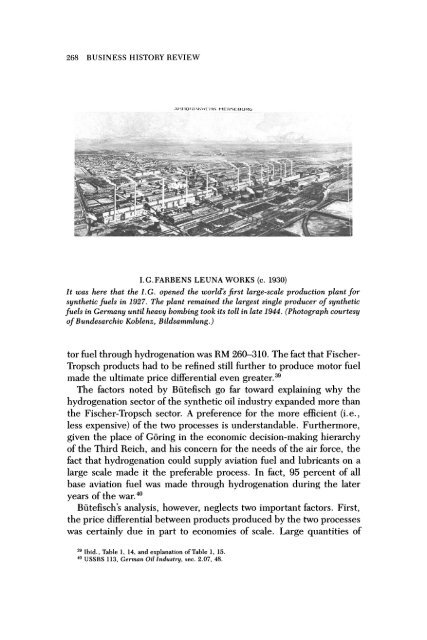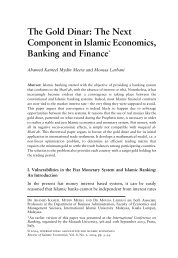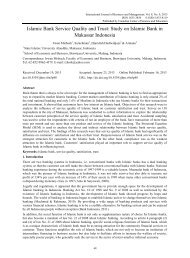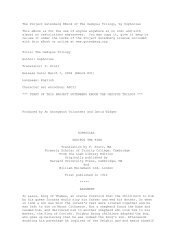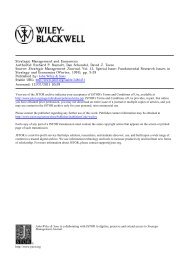The Oil Industry in Nazi Germany, 1936-1945
The Oil Industry in Nazi Germany, 1936-1945
The Oil Industry in Nazi Germany, 1936-1945
You also want an ePaper? Increase the reach of your titles
YUMPU automatically turns print PDFs into web optimized ePapers that Google loves.
268 BUSINESS HISTORY REVIEW<br />
cl&- I.IO li" I ,\'{I: lI IIME II I: II J ll<br />
? .::..: .... : .<br />
,: ... .<br />
: , .. ..<br />
::::..,~~ ~~ , . . . . . . . .....<br />
I.G.FARBENS LEUNA WORKS (c. 1930)<br />
It was here that the I.G. opened the world's first large-scale production plant for<br />
synthetic fuels <strong>in</strong> 1927. <strong>The</strong> plant rema<strong>in</strong>ed the largest s<strong>in</strong>gle producer of synthetic<br />
fuels <strong>in</strong> <strong>Germany</strong> until heavy bomb<strong>in</strong>g took its toll <strong>in</strong> late 1944. (Photograph courtesy<br />
of Bundesarchiv Koblenz, Bildsammlung.)<br />
tor fuel through hydrogenation was RM 260-310. <strong>The</strong> fact that Fischer-<br />
Tropsch products had to be ref<strong>in</strong>ed still further to produce motor fuel<br />
made the ultimate price differential even greater.39<br />
<strong>The</strong> factors noted by Buitefisch go far toward expla<strong>in</strong><strong>in</strong>g why the<br />
hydrogenation sector of the synthetic oil <strong>in</strong>dustry expanded more than<br />
the Fischer-Tropsch sector. A preference for the more efficient (i.e.,<br />
less expensive) of the two processes is understandable. Furthermore,<br />
given the place of Gor<strong>in</strong>g <strong>in</strong> the economic decision-mak<strong>in</strong>g hierarchy<br />
of the Third Reich, and his concern for the needs of the air force, the<br />
fact that hydrogenation could supply aviation fuel and lubricants on a<br />
large scale made it the preferable process. In fact, 95 percent of all<br />
base aviation fuel was made through hydrogenation dur<strong>in</strong>g the later<br />
years of the war. 40<br />
Biitefisch's analysis, however, neglects two important factors. First,<br />
the price differential between products produced by the two processes<br />
was certa<strong>in</strong>ly due <strong>in</strong> part to economies of scale. Large quantities of<br />
9" Ibid., Table 1, 14, and explanation of Table 1, 15.<br />
40 USSBS 113, German <strong>Oil</strong> <strong>Industry</strong>, sec. 2.07, 48.<br />
E..<br />
"/:


